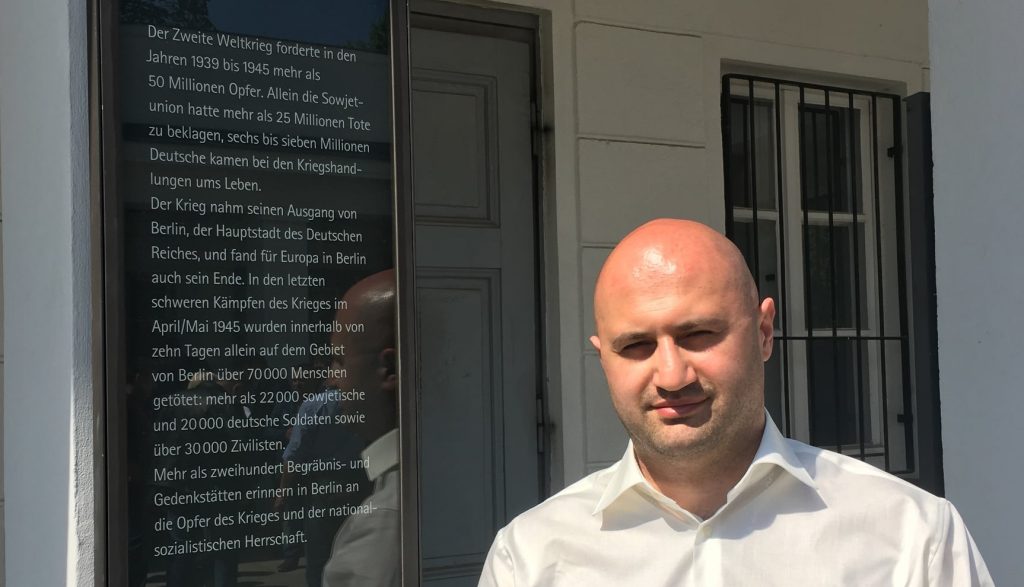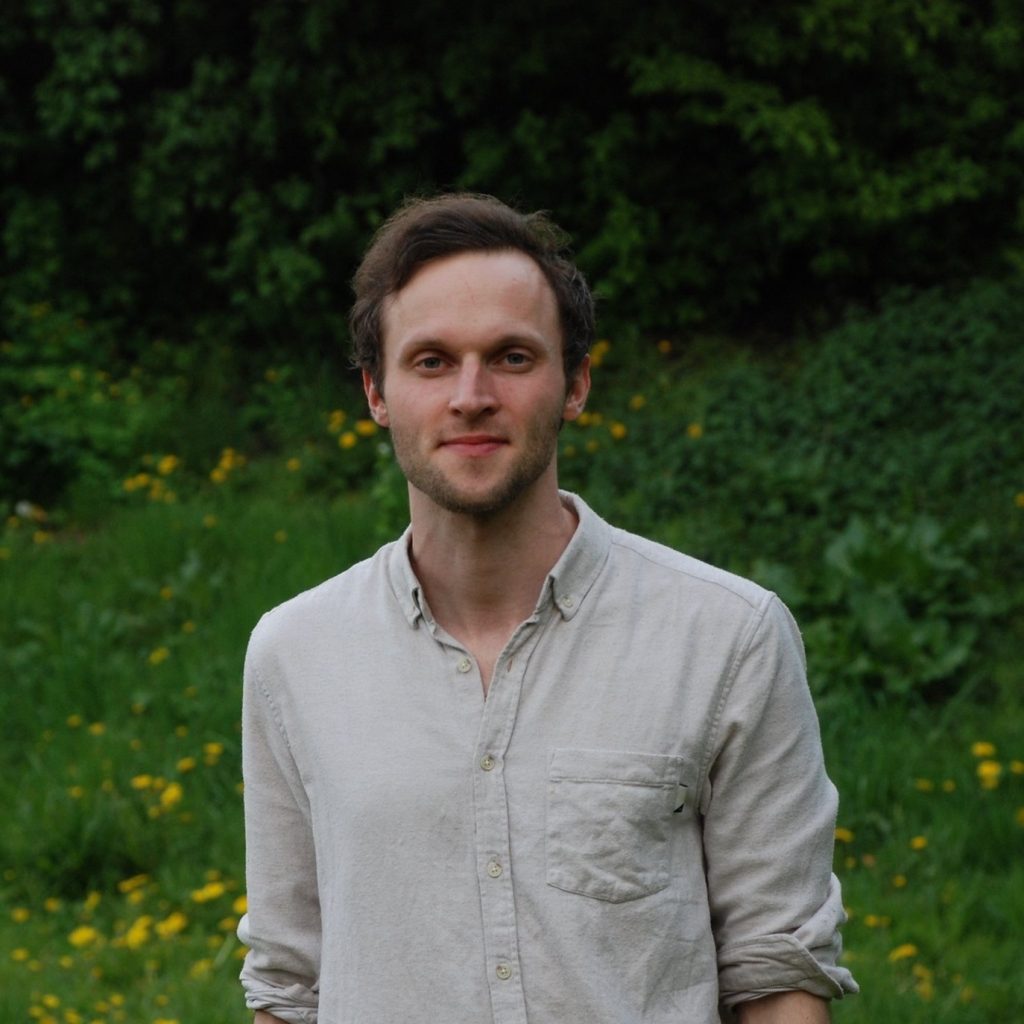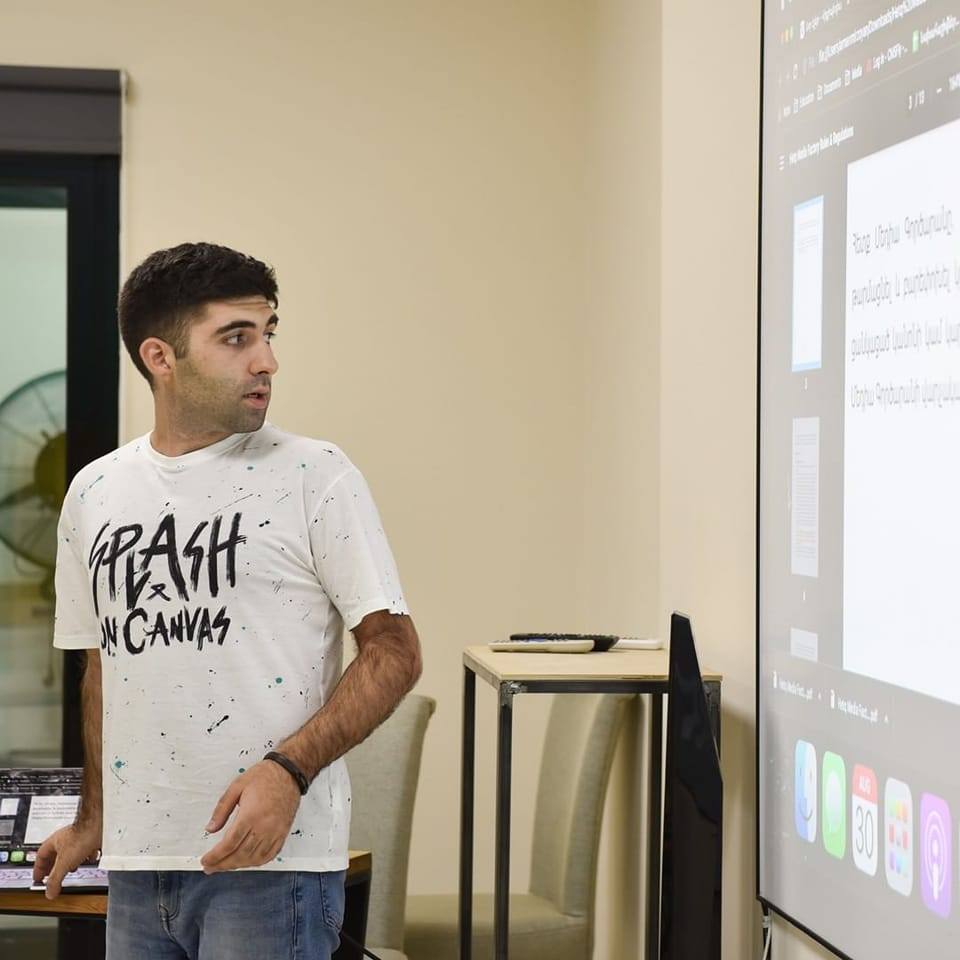by Armen Mirzoyan
In March 1992, when the OSCE Minsk Group was established following the organization’s January 30, 1992 decision to join the Nagorno-Karabakh conflict regulation process, 11 states made part of the Group by attending the kick-off conference in Minsk. The Federal Republic of Germany was among them. Still, in a country, which is a member of the body (co-chaired by Russia, the USA and France) holding an international mandate for the peaceful settlement of the Nagorno-Karabakh conflict, many people are unaware of what is going on in the South Caucasus, this topic not being prioritized for the media. Armenia appears to be of interest to a vast majority of German society only from a tourism perspective.
As of 2021, 37.47 million people in Germany over the age of 14 read newspapers several times a week. In Germany, thus, where, unlike Armenia, the Internet is the dominant source for receiving information, 50% of the readers still attain news through print media.
As in many European states, the German media is distinguished by clear political alignment, like right-wing, left-wing, center, liberal, conservative, etc. Their financial sources, in turn, are also quite different, which may have a significant impact on the editorial policy of a certain media outlet. For example, Bild, Frankfurter Allgemeine Zeitung, and Die Welt are center-right newspapers, while Süddeutsche Zeitung is center-left.
Added to that, the German media is divided into layers. Public media, including ARD and ZDF, are directly financed from the state budget and promote the political line of the ruling authorities. These media focus more on issues that are of primary importance to the incumbent government and are in line with their policies. Nevertheless, the most influential media outlets, albeit not directly under the control of the state, do not ignore the foreign policy priorities of the government.
Berlin-based political scientist Harutyun Grigoryan reads German newspapers regularly, paying special attention to publications pertinent to our region. The political scientist thinks that German media is relatively free and mainly focuses on topics that benefit the ruling political elite and their policies. Grigoryan notes that the German media daily publishes pieces on the war in Ukraine, the situation in Syria, and other topics. The reason is that Germany is directly involved in that political process, as evidenced, for example, by the fact that Berlin provides military and financial aid to Kyiv. Therefore, according to the political scientist, when reporting on foreign policy, the German press does not really consider what the society is interested in but rather looks at what the authorities are trying to convey to the public. And willingly or unwillingly, the society mainly receives messages on the foreign policy agenda pursued by the authorities.

Harutyun Grigoryan believes that in the case of Germany, the media is interested in everything, provided there is a political order for that. “Authorities may provide financial resources to cover those topics. They help journalists in getting to any particular area and report from there,” he says.
However, research showed that the 44-day Karabakh war and the clashes on the Armenian-Azerbaijani border were not among the forseign policy priorities of the German authorities. In response to Hetq’s June 2, 2022 request, the Ministry of Foreign Affairs of Armenia provided a list comprised of 37 representatives of German media that covered the 44-Day War: among those that were granted accreditation there were correspondents of Welt, Neue Ruhr/Neue Rhein Zeitung, Spiegel, Stern Media, ZDF, ARD, Die Zeit, Deutsche Welle, Bild, and Levante Verlag. Some of those correspondents lived in other countries or worked for German media outlets’ foreign services and bureaus.
It would be wrong to claim that the NK war and the post-war clashes were not properly covered in Germany. However, with such hot topics as the COVID-19 outbreak and the presidential elections in the United States, no other issue managed to grab that much attention. The 44-Day War was not a German foreign policy also for another simple reason: the European Union and NATO, to which Germany is a member, were not directly involved in that war. Therefore, it’s a different story compared to what is happening in Ukraine.
Harutyun Grigoryan notes that during the 44-Day War every leading German media published at least one piece daily. Moreover, both sides’ official reports, as well as interviews with the leaders of the two countries, and brief analytical pieces on the background of the conflict were presented. Therefore, the political scientist thinks that the German media coverage was balanced during the war. Furthermore, his studies showed that when reporting on the humanitarian aspect of the war, the German media mainly covered the situation in the towns and villages of Artsakh, the damage to infrastructures, publishing photos of bombed Stepanakert and other settlements, and presenting human stories of the war.
Artsakh after 44 heavy days
Marcus Latton was a reporter for Deutschlandfunk Nova Radio when on November 20, 2020, ten days after the end of hostilities, he visited Artsakh. It was not his first visit: Marcus had already been to Artsakh in 2014. He confesses that the first time he didn’t like the place. The second visit, however, was quite different. Everything had changed in Artsakh.

“When I entered there, my first feeling was the absence of fear because the war was ended, however, no matter how prepared I was for this situation and tried to put aside emotions, it was difficult to see how many people were leaving their homes, and that some would not be able to return there anymore,” Marcus remembers. He also notes that it was quite hard for him to shoot and prepare journalistic pieces in Artsakh as he knew that few people would read them. After all, the German public was only interested in the pandemic. According to Marcus, the main challenge for working in Artsakh was the inability to visit the territories that passed under Azerbaijani control during the war.
Speaking about the coverage of the 44-Day War by the German media, the reporter confirms that the German press sufficiently covered the hostilities. However, the number of readers of those pieces was relatively low. “Of course, the Caucasus is not one of the priorities of German foreign policy and news coverage, and in general, German society is very little interested in this region. The biggest interest towards Armenia was manifested when the Bundestag recognized the Armenian Genocide in June 2016,” says Marcus.
David, Goliath, and November 9
The German media most actively covered the November 9, 2020 truce, trying to understand what the parties had achieved and what military lessons could be drawn from the war. Thus, Stefan Scholl, a columnist for the Berliner Zeitung newspaper, analyzing the reasons that forced Yerevan to agree to the cessation of hostilities, emphasized Azerbaijan’s military advantage. “In the early 1990s, after a small victory war in Karabakh, Armenians were considered better fighters than Azerbaijanis. But now they were unable to resist the enemy, who has been investing three times more in its army for decades than poor Armenia,” wrote Scholl, underlining the role of Turkey in the victory of Azerbaijan.
Neue Zürcher Zeitung, a quite popular Swiss newspaper in Germany, noted that the capture of Shushi became the decisive factor for the “catastrophic loss of Karabakh Armenians.” “Armenian David, who defeated the Assyrian Goliath a quarter of a century ago, this time turned out to be significantly weak,” NZZ columnist Andreas Rüesch wrote.
This article was published within the frames of “Correspondents in Conflict” Project,
implemented by Yerevan Press Club and Deutsche Gesellschaft e. V. The Project is
funded by the German Federal Foreign Office within the “Eastern Partnership Program”.
The contents of this article are the sole responsibility of the implementing partners and can in
no way be taken to reflect the views of the Federal Foreign Office. #civilsocietycooperation
 Armen Mirzoyan is a journalist at Hetq.am who mainly covers Armenian foreign policy, post-war processes and regional conflicts. He has studied Public Administration and Public Policy at Yerevan State University. He is also the coordinator of Hetq Media Factory, the media school of “Investigative Journalists” NGO, where investigative journalists, data journalists, and multimedia journalists are educated.
Armen Mirzoyan is a journalist at Hetq.am who mainly covers Armenian foreign policy, post-war processes and regional conflicts. He has studied Public Administration and Public Policy at Yerevan State University. He is also the coordinator of Hetq Media Factory, the media school of “Investigative Journalists” NGO, where investigative journalists, data journalists, and multimedia journalists are educated.












